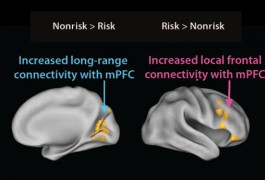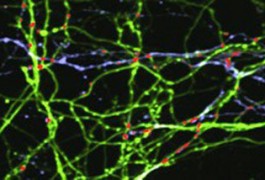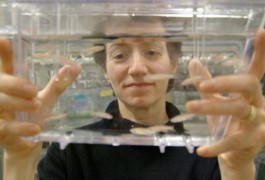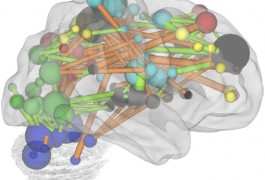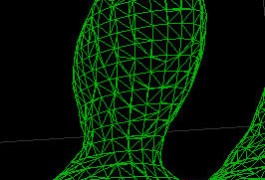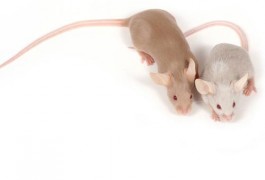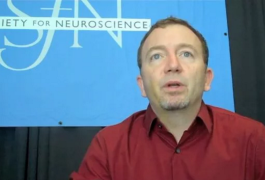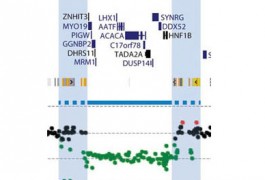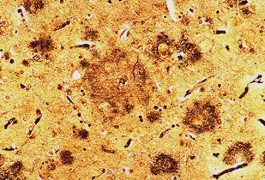Molecular mechanisms: New pathway for fragile X treatment
Inhibiting the ERK1/2 pathway — which regulates the synthesis of other proteins — can rescue some of the effects of fragile X syndrome, according to a study published 17 November in the Journal of Neuroscience. The ERK pathway could provide a novel target for fragile X therapies.








